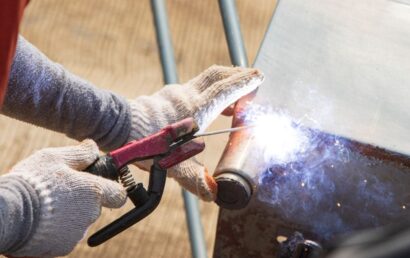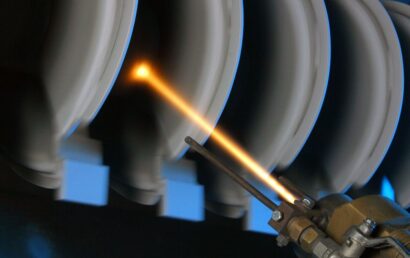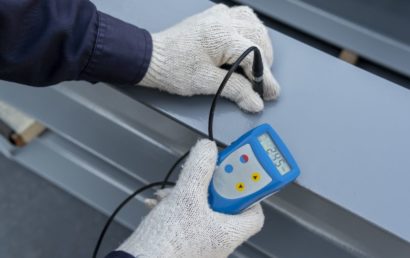Powder Coating Vs. Anodizing: A Comparison
Embarking on a journey to enhance the aesthetics and durability of metal surfaces often involves choosing between two prominent finishing techniques: powder coating and anodizing. In the realm of industrial coatings, these methods stand as titans, each with distinct features and applications. This comprehensive guide dives into the nuanced differences between powder coating vs. anodizing, shedding light on their respective processes, visual appearances, durability, and environmental impacts.
Powder Coating
Powder coating is a popular finishing technique widely used in various industries. Unlike liquid paint, powder coating comprises applying a dry powder, which is then cured under heat to form a solid layer. The process begins with preparing the material’s surface, usually by cleaning and sandblasting to ensure it’s free of dirt, oils, or other contaminants. The powder, typically a mix of finely ground particles of pigment and resin, is then electrostatically sprayed onto the surface. This charge ensures that the powder sticks to the surface until baked in a curing oven. The heat causes a chemical reaction, making the powder melt and fuse into a smooth, even coating. This process offers a high-quality finish and proves to be environmentally friendly, as it doesn’t involve solvents and produces minimal waste.
Anodizing
The anodizing process, on the other hand, is fundamentally different from powder coating. It’s an electrochemical process that enhances the natural oxide layer on metal surfaces, especially aluminum. The metal part to be anodized is submerged in an acidic electrolyte bath, and an electric current is passed through it. This results in the metal’s surface converting into a durable, corrosion-resistant anodic oxide finish. Anodizing doesn’t involve applying a separate material layer but transforms the metal’s surface. This technique increases resistance to wear and corrosion and allows for the absorption of dyes, providing various color options. The outcome is a more integrated, durable finish that retains the metal’s natural luster.
Visual Appearance and Finish
Discussing visual appearance, powder coating offers various color choices and finishes, including matte, satin, and glossy. This versatility makes it a go-to option for projects requiring specific aesthetic appeal. The finish provided by powder coating is uniformly thick and consistent, hiding surface imperfections effectively. Moreover, the range of textures available – from smooth surfaces to wrinkled or matte finishes – adds to its popularity.
In contrast, anodizing provides a more metallic look, enhancing the natural beauty of the metal. The finish is less about adding a layer and more about creating a complex, translucent outer layer. The color range in anodizing is more limited than powder coating, primarily offering various shades of metallic hues. However, the anodized finish is known for its sleek, high-end look that appeals to those seeking a more industrial or modern aesthetic.
Durability and Resistance
Powder coating, as implemented by A&A Coatings, is known for its exceptional durability. The process, skillfully executed by A&A Coatings, involves applying a thick, protective layer resistant to scratches, chipping, and wear, making it ideal for various applications. A&A Coatings’ advanced powder coating technology ensures longevity and maintains color and finish even under severe conditions.
In contrast, anodizing, a service also provided by A&A Coatings, offers different durability, especially for aluminum surfaces. This process, refined by A&A Coatings, creates a corrosion-resistant finish, integrating a hardened surface with the metal. This technique is particularly beneficial in harsh environments, such as marine and industrial settings, where A&A Coatings’ anodized finishes provide optimal protection against corrosion and wear.
Environmental Impact
In powder coating, A&A Coatings stands out for its eco-friendly approach, emitting minimal volatile organic compounds (VOCs) and reusing overspray powder to minimize waste. This aligns with A&A Coatings’ commitment to sustainable manufacturing practices.
Similarly, in anodizing, while the process involves acids and chemical baths, A&A Coatings ensures careful handling and disposal to minimize environmental impact. The company’s approach to anodizing is geared towards reducing hazardous pollutants, emphasizing the long-term durability and low maintenance of its finishes, contributing to environmental sustainability.



